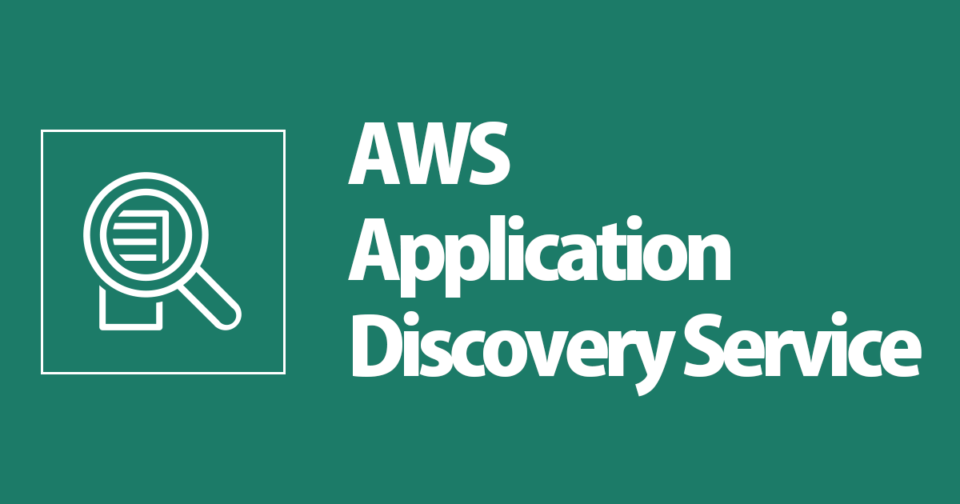A Beginner's Guide: Implementing AWS Application Discovery Service in AWS
 Sumit Mondal
Sumit Mondal
Introduction: In the ever-evolving landscape of cloud computing, understanding and optimizing your existing applications is crucial. AWS (Amazon Web Services) provides a powerful tool called AWS Application Discovery Service to help businesses discover and assess their on-premises applications, facilitating a smoother migration to the cloud. In this blog post, we will guide you through the process of implementing AWS Application Discovery Service in a simple and easy-to-understand way.
What is AWS Application Discovery Service? AWS Application Discovery Service is a tool designed to help businesses understand their existing on-premises applications. It collects and presents data about the application's performance, dependencies, and resource utilization. This information is invaluable when planning a migration to the AWS cloud.
Step 1: Set Up AWS Application Discovery Service To begin, you need an AWS account. Once you have an account, navigate to the AWS Management Console. In the console, search for "Application Discovery Service" and select it from the services list.
Step 2: Create a Discovery Connector To start gathering information about your applications, you need to set up a discovery connector. This connector is a small software component that you install on servers within your on-premises environment. It collects data and sends it to the Application Discovery Service.
AWS provides connectors for Windows and Linux servers. Download the appropriate connector for your environment and follow the installation instructions. Once installed, the connector will start collecting data and sending it to the AWS cloud.
Step 3: Review and Analyze Data After the connector has been collecting data for a while, you can review and analyze the information in the AWS Management Console. The console provides a user-friendly interface to explore your application landscape, view dependencies, and understand resource utilization.
This step is crucial for gaining insights into your applications, which can inform decisions about migration strategies and resource optimization.
Step 4: Export Data and Create Reports AWS Application Discovery Service allows you to export the collected data, making it easier to share with stakeholders and use for further analysis. You can export the data in various formats, including CSV and JSON.
Additionally, you can create reports that summarize the discovered applications, dependencies, and performance metrics. These reports are valuable documentation for planning your migration to AWS.
Step 5: Plan Your Migration Armed with the insights gained from AWS Application Discovery Service, you can now confidently plan your migration to the AWS cloud. The information about dependencies and resource utilization will help you design a migration strategy that minimizes downtime and ensures a smooth transition.
Conclusion: Implementing AWS Application Discovery Service is a crucial step in any cloud migration journey. By understanding your existing applications and their dependencies, you can make informed decisions that lead to a successful and efficient migration to the AWS cloud. Follow the steps outlined in this guide, and you'll be well on your way to harnessing the power of AWS for your business.
Subscribe to my newsletter
Read articles from Sumit Mondal directly inside your inbox. Subscribe to the newsletter, and don't miss out.
Written by

Sumit Mondal
Sumit Mondal
Hello Hashnode Community! I'm Sumit Mondal, your friendly neighborhood DevOps Engineer on a mission to elevate the world of software development and operations! Join me on Hashnode, and let's code, deploy, and innovate our way to success! Together, we'll shape the future of DevOps one commit at a time. #DevOps #Automation #ContinuousDelivery #HashnodeHero